Frieze Carpet vs. Plush Carpet vs. Berber Carpet vs. Textured Carpet
Frieze carpet vs. Plush carpet vs. Berber carpet vs. Textured carpet, what are the differences between them? And which one should you choose?
Selecting a carpet is not an easy job because there are so many factors that you need to consider, for example, material, styles, color, or qualities. However, this article will not cover all of these aspects, except their styles, particularly frieze, plush, Berber, and textured.
So in case you are searching for information on these 4 carpeting styles, you have come to the right place. Continue to read and explore!
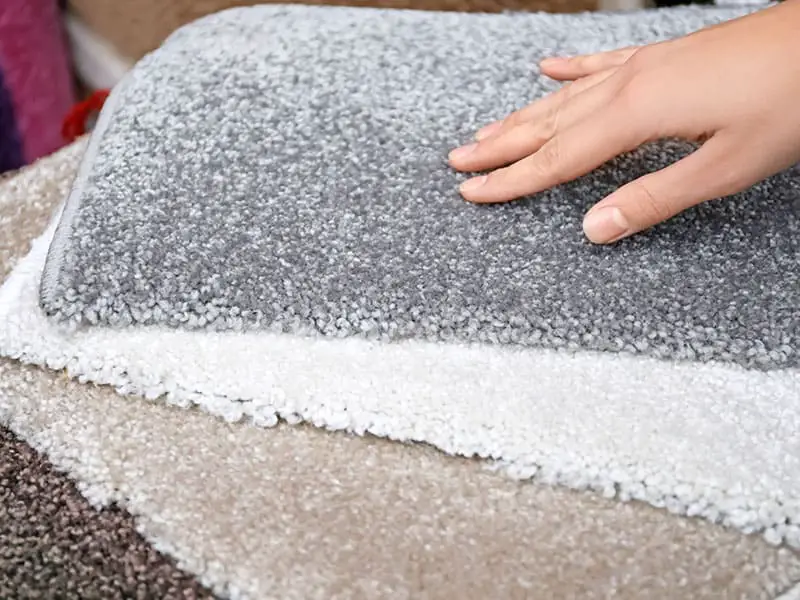
General Insights About Frieze, Plush, Berber, and Textured Carpet
Before I get to the details of these 4 styles, let me introduce 2 main types of carpet: Cut pile and Loop pile. For your quick understanding, cut pile carpet is created by cut fiber loops to produce upright piles, while loop pile type is made from a variety of uncut yarn loops.
Frieze, plush, and textured are 3 styles that belong in the cut pile group, whereas Berber is a style of loop pile carpet. And the following are some overviews regarding the 4 mentioned styles.
Frieze Carpet
Frieze carpets are a popular customer choice in floor covering. They feature long fibers that are highly twisted by steaming, which will give the curled or kinked look in their appearance.
They can work very well under high-foot traffic, thanks to their dense texture. The fiber materials for frieze carpets are varied, but common ones are polyester, nylon, olefin (polypropylene), and wool.
Plush Carpet
Whenever I think about smooth-texture carpet, plush carpet always comes up first. That’s why they are also called ‘velvet cut pile carpet’ sometimes.
They are made of numerous fibers cut evenly on the top for the same length, which creates a formal look with high density. Similarly, there are many material options for plush carpets.
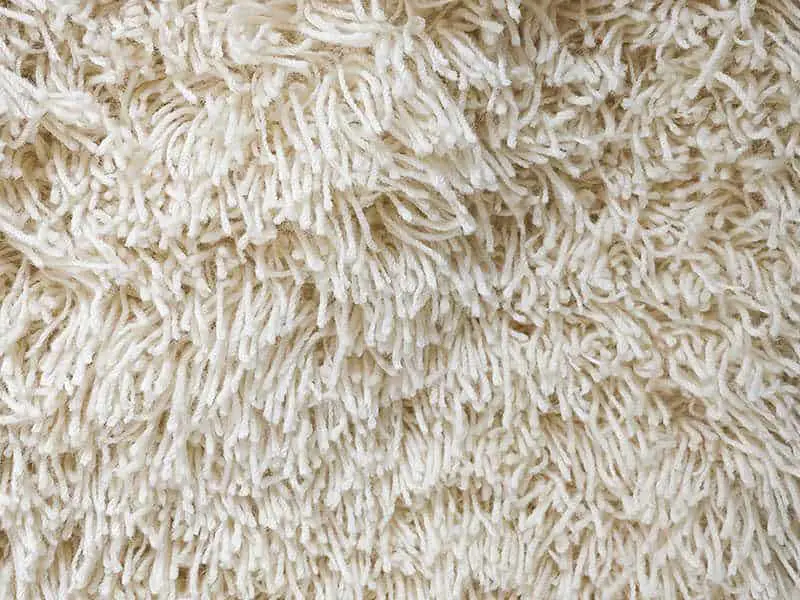
Berber Carpet
Berber style is primarily found in loop pile carpets. They contain many small loops that are uncut and hand-woven. The term ‘Berber’ originates from the Stone Age era, which mentions a weaving style of North Africa and the Sahara by Berber people (1).
You can have various options in choosing colors, knot textures, and designs in this carpeting style. Moreover, wool, nylon, olefin, or blended nylon and olefin fibers are some typical materials to produce Berber carpets.
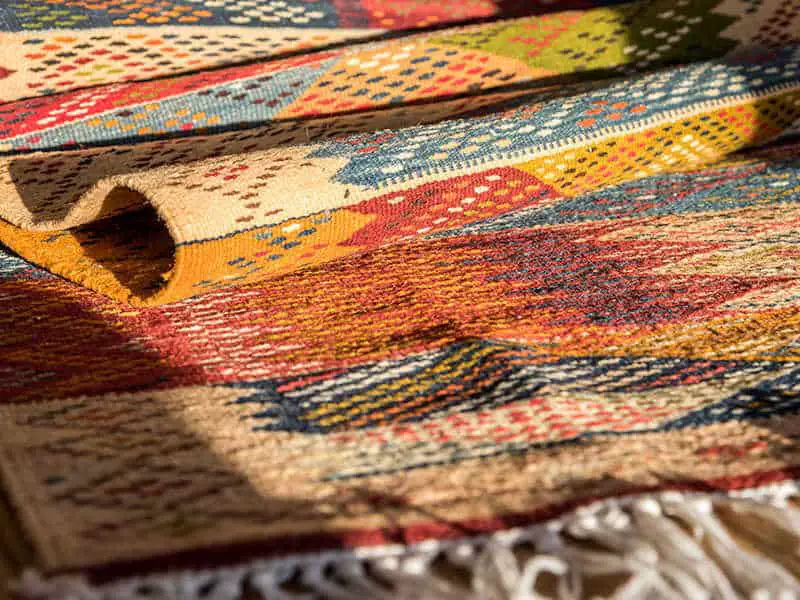
Textured Carpet
Textured carpets are made of cut twisted, or curled yarn. They also come in multi-colors, shades, or patterns based on the twisted level of the fibers.
Since people use steam treatment to curl or twist the yarn in producing textured carpets, the materials of this carpet style are mostly synthetic fibers, for instance, polyester, nylon, or PTT.
Let’s learn some carpet types and styles with this quick review.
Frieze vs. Plush vs. Berber vs. Textured Carpet – The Extensive Analysis
The bottom line is showing you how to understand and select an appropriate carpet style among these 4. In fact, the comparison also depends on their fiber materials, but here are some significant differences to highlight the characteristics of each.
Alright! Let’s dig deeper and more in detail in terms of these 4 carpeting styles’ qualities.
Textures
With frieze carpet, you will feel the softness from their tightly curled or twisted fibers, creating a tousled and informal look. A regular carpet will have 3.5 to 5 twists per inch, but frieze is made of 7 to 9 twists per inch. So just remember: frieze is the tightly twisted carpet style.
If you do not like the ‘shaggy’ appearance of frieze, you might be interested in the ‘velvet’ underfoot that plush carpets offer. With flat and even tufts, plush has a smooth, dense texture with a classic and uniform appearance. This carpet style is also shorter than others overall.
Berber, nevertheless, contains thicker yarns and a vast level of loops; therefore, they have a bulky and quite ‘knobby’ appearance. You can still feel their softness, but not as good as frieze, plush, and textured sorts.
Textured carpet, in fact, is another variation of the plush sort, making them also soft like plush carpet. However, the difference between these 2 is that the textured carpet’s tufts are uneven. So they will have a more textured or fuller surface compared to plush style.
Stain/Dirt or Footprint/Vacuum Track Concealing Level
Due to different textures, the mentioned 4 flooring styles have different capacities in hiding stains, dirt, footprint, or vacuum tracks.
With twisted fibers of frieze carpet, they can efficiently conceal annoying dirt, stains, soil, etc. Also, as frieze’s fibers are bent in opposite directions, you will barely notice footprint or vacuum marks on your carpet.
However, one of the biggest drawbacks of plush carpets is they do not hide stains, footprints, or vacuum patterns since they generally have solid colors and smooth texture.
To determine this factor in Berber carpets, there are 2 opposite ideas based on their colors. Berbere mostly has light or neutral colors, making soil, dirt, stains, or any imprints easier to see, while some multi-colored Berber sorts can hide it better.
Lastly, since textured carpeting’s texture is quite similar to frieze, they also conceal footprints or stains on the surface.
Here is a brief explanation of some popular types and their level of hiding footprint or vacuum marks.
Durability
Another factor closely associated with the texture of frieze, plush, Berber, and textured carpets is durability. It also relies on materials’ characteristics, but there are still some important notes about this factor that you should know.
Speaking of durability, frieze is one of the most durable carpet styles, thanks to its highly twisted. They still can wear and tear, but not too quickly since the fibers are bent in different directions, as explained above.
A second durable choice for carpets is plush. The reason they are long-lasting flooring style is because of their denser texture. That’s why they can tolerate heavy traffic areas amazingly.
For the Berber style, you also have a good option because of its strength. Since they are loop-pile carpets, they seem to be more durable than cut-pile ones. However, you should compare Berber with other cut-pile carpets of the same quality for the correct comparison.
Textured carpets also provide you with good wear-and-tear resistance and high durability due to their uneven pile. However, it is not as durable as frieze carpeting.
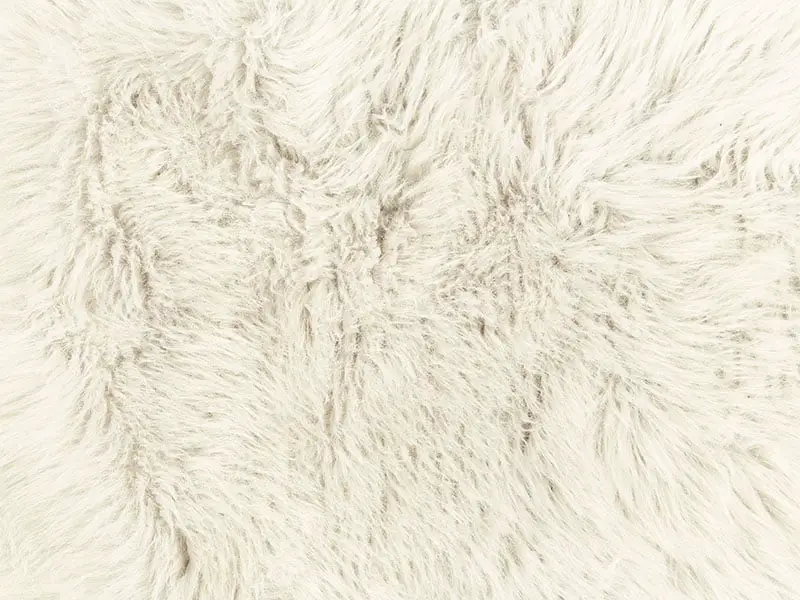
Cleaning and Maintaining
Cleanability and maintenance are mainly based on the materials; for example, wool would be harder to clean stains than nylon. However, here is something that you should know in comparing these carpets regarding this quality.
Frieze carpets cannot be easy to clean. It will require extra cleaning and care, particularly in heavy foot traffic spaces, to keep them in the best shape. You can use a vacuum for frieze carpet to remove any allergen at least once a week or twice a year for professional cleaning.
Though plush carpets are low maintenance and have pretty-good stain resistance, you still need to vacuum it a few times a week and deep clean it every 1 to 2 years.
Berber also needs regular maintenance. Besides, there are many ways to clean Berber carpet, from an easy one, like using a vacuum specialized for Berber carpet daily or a few times a week, or applying professional cleaning in 6 to 12 months.
Textured styles may be simpler to clean than other varieties since they are frequently treated with stain-resistance treatments. However, like plush style, you should vacuum your textured carpets at least once a week and deep clean them at least 1 time every 1 to 2 years.
Generally, keeping your carpet clean, regardless of whether it is a frieze, plush, Berber, or textured style, is essential to prevent any allergies from the dust accumulated on the carpet (2).
How to clean Berber carpet properly? This valuable instruction will tell you how.
Best Use In
Combining the above qualities of each style, here are some examples of where you can install frieze, plush, Berber, or textured floor covering.
- Frieze: Hallways, stairs, bedrooms, family rooms, or any moderate-high foot traffic place
- Plush: Bedroom or living room. Though they can work well in high-traffic areas, they would be best in low-traffic places due to their short fibers and easier of leaving imprints.
- Berber: Hallways, entryways, playrooms, dining room, or any high foot traffic places, like commercial businesses
- Textured: Bedrooms, living room, family rooms, or any place at medium to heavy foot traffic
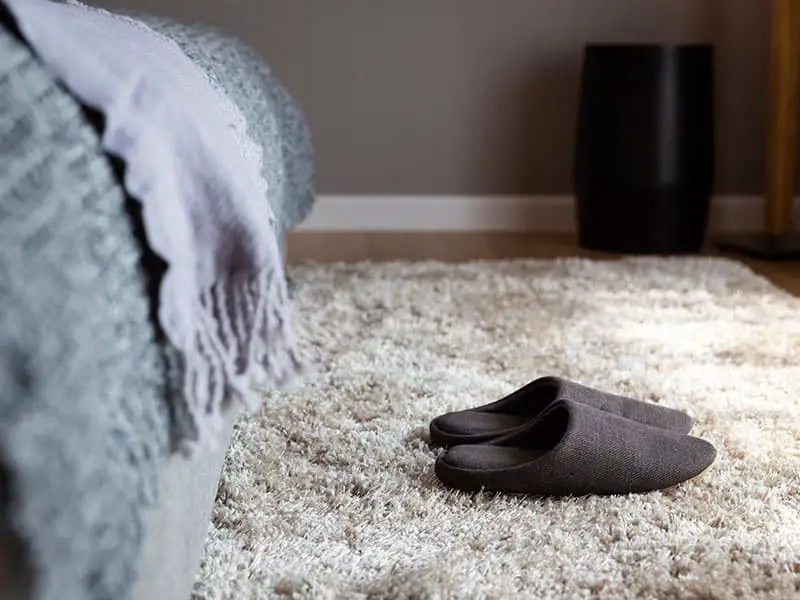
Cost
Frieze carpets tend to be more costly than other styles. Their price varies based on the material. Polyester frieze is around $1 per square foot, while high-quality nylon frieze might be around $8 for 1 square foot. But overall, you can easily find many best frieze carpets on the market.
You can expect a lower price with plush and textured carpets. The price range of these types is from $2 to $4 per square foot, depending on their yarn materials.
On the other hand, many people believe Berber‘s price is lower than other styles overall. That is because many Berber carpets’ material is olefin fiber, which is more affordable than nylon or wool. It might start at $1.5 to more than $8 for high-quality products.
Berber carpets also come in nylon or wool versions at different prices, but they are quite comparable to other cut-pile carpets. And the production costs of loop-pile carpet are more likely lower than cut-pile ones, making Berber an affordable solution in price.
Reasons For Using and Not Using Frieze/ Plush/ Berber/ or Textured Carpet
For easier selecting the right carpet, especially among these 4 styles, here are some reasons you should use and not use it.
Frieze Carpets’ Strengths and Weaknesses
No carpets come out perfectly for everyone. Based on different needs and wants, people will have different perceptions toward their carpet choice. So let’s see both the good and bad sides of frieze carpets.
Plush Carpets’ Strengths and Weaknesses
Plush is another consideration. Check the following pros and cons to find out what qualities you are looking for and what you should avoid.
Berber Carpets’ Strengths and Weaknesses
Berber – the only loop pile carpet in this article, also has various aspects. Some are useful; some are not with the detailed pros and cons as below.
This is a short review of Berber’s pros and cons that you should check.
Textured Carpets’ Strengths and Weaknesses
Finally, if you are interested in textured carpets, you should not skip their advantages and disadvantages either.
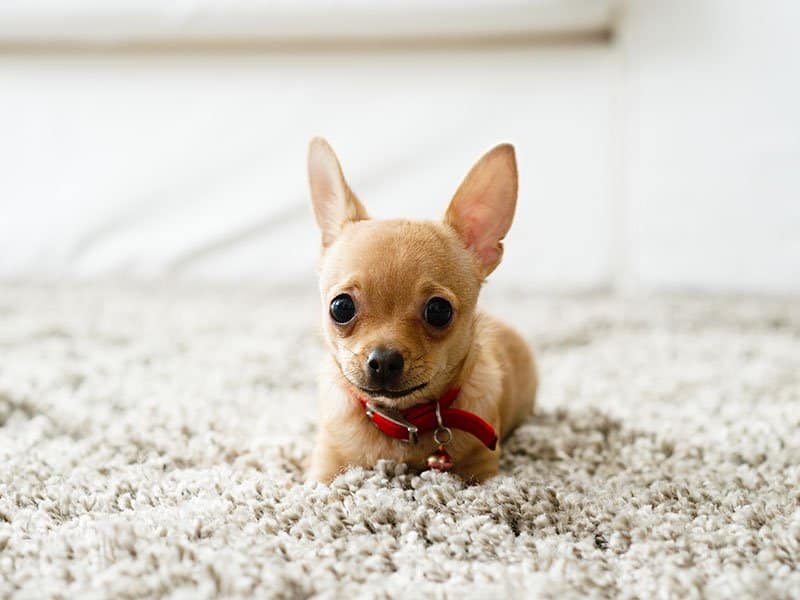
FAQs
If you still have some questions about carpets, especially these 4 styles, this FAQs part will offer you some more information at a glance.
Selecting A Right Carpet Is A Difficult Task
I am sure many of you have struggled to select a suitable and decent carpet for your home, right? I know how you feel since I have been in your shoes before.
That’s why I wrote this post to provide you with a more in-depth look into the carpet industry, particularly in frieze, plush, Berber, and textured kinds. And I truly hope you can feel a little bit relieved after reading this post and making an informed buying decision.
Last but not least, please share your thoughts and experiences with these carpets. I also appreciate your thumbs-up and rating so I can know how helpful this post is to your life. Thank you very much!
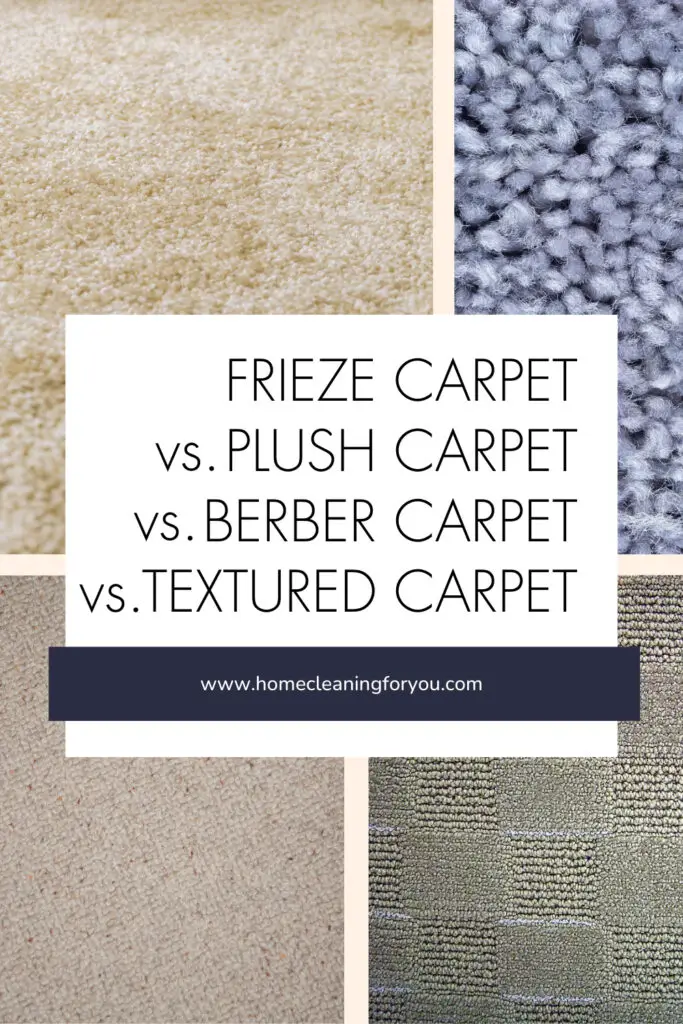
References
- En.wikipedia.org. 2021. Berber Carpet – Wikipedia.
- Acaai.org. 2018, Dust Allergies.

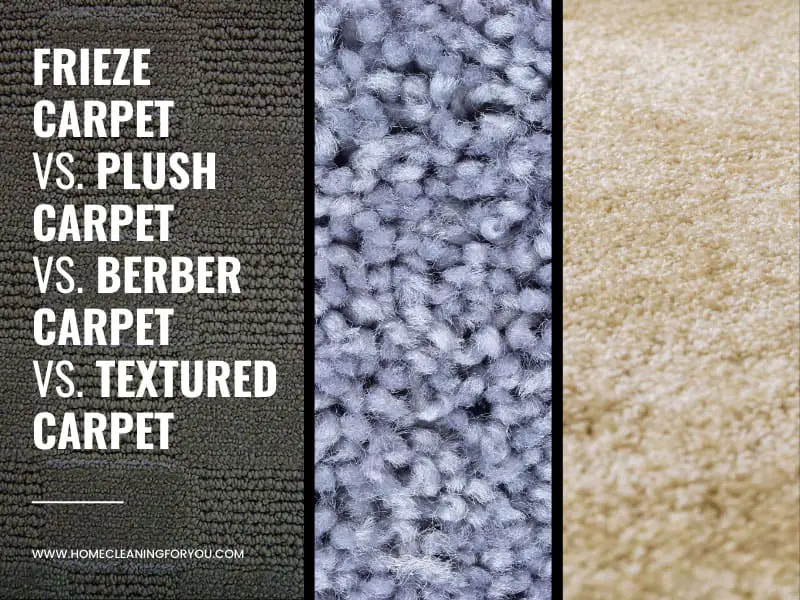
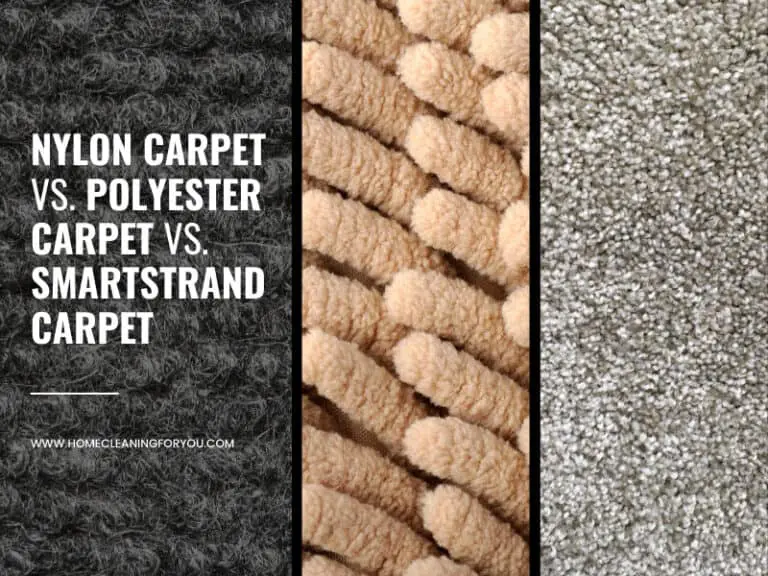

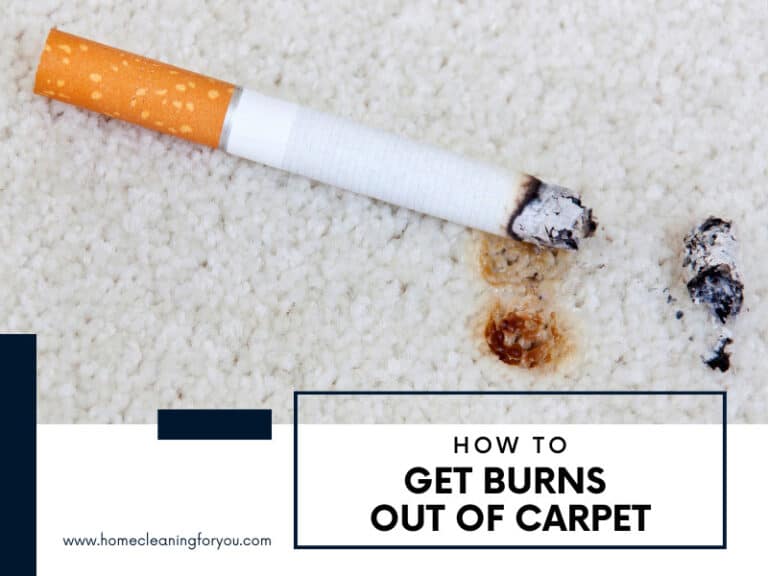
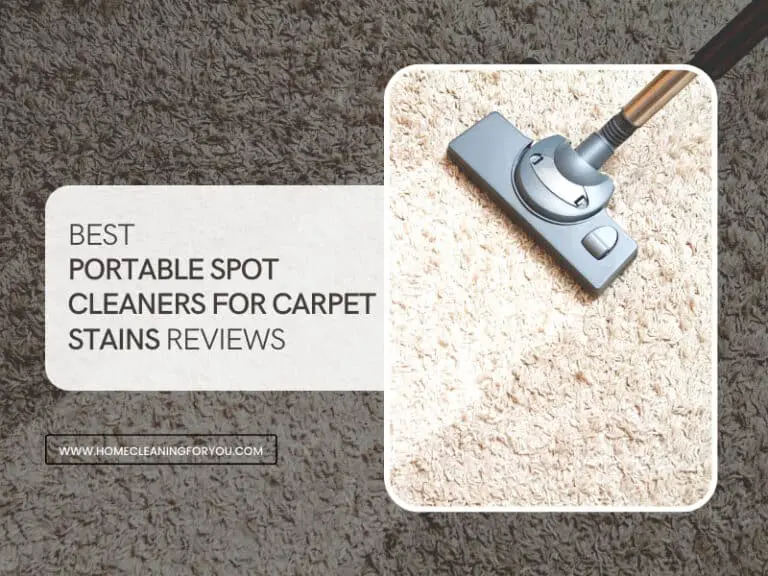
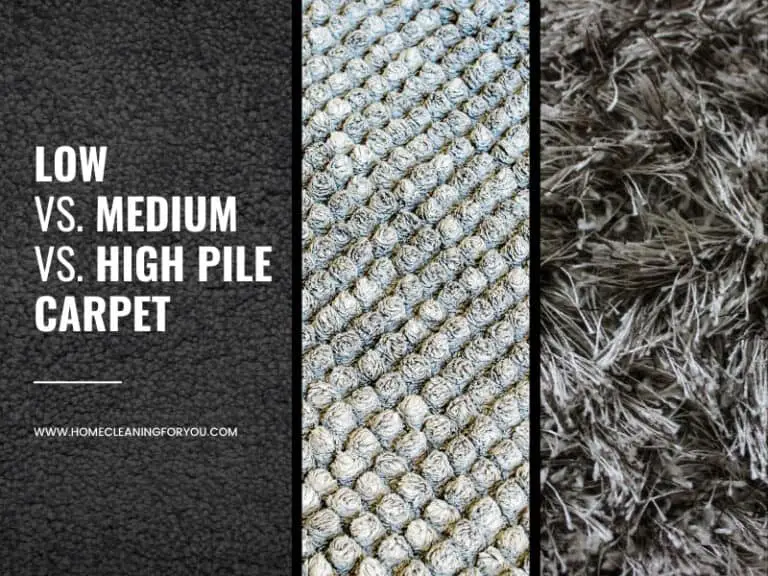

Kevin Jones
Home Cleaning Specialist
Expertise: In-depth Knowledge of Cleaning Agents and Their Uses, Advanced Home Sanitization, Techniques Expertise in Cleaning and Maintaining, Various Floor Types, Innovations in Home Cleaning Tools
School: American College of Home Economics
Kevin Jones is a seasoned home cleaning specialist with over a decade of experience in the industry. A stickler for cleanliness and organization, Kevin brings a systematic and innovative approach to home maintenance. His expertise ranges from traditional methods to modern cleaning technology, ensuring homes are not just clean but healthy environments too.